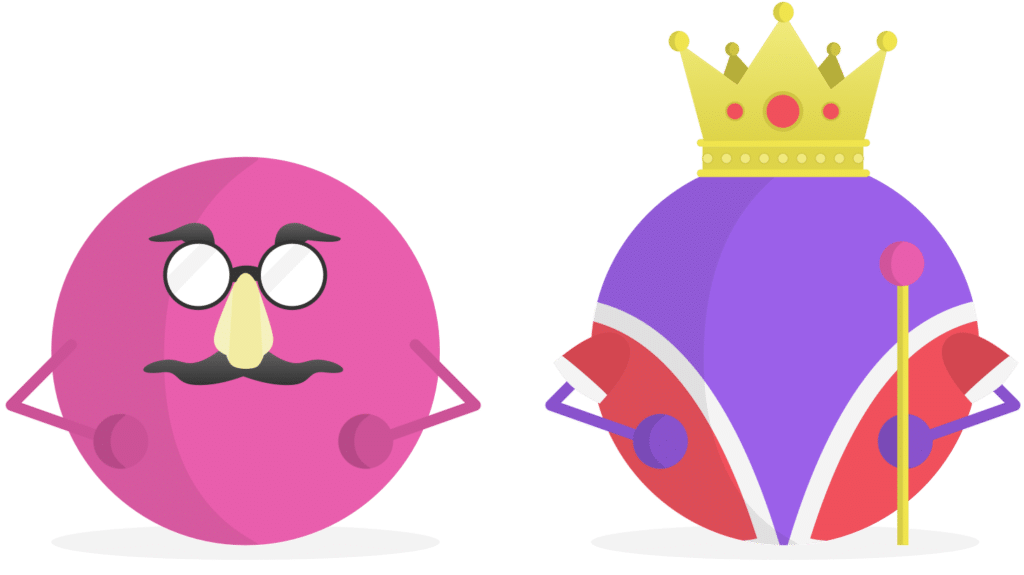User Personas
User personas are fictional representations of your test users that help your team to understand and empathize with the user for whom they’re building the product. They often represent the typical, expected consumer of your product or service.

Building user personas allows you to manage your products in a way which is grounded in user needs, without getting bogged down in the detail of specific customers and all their anomalies. A great persona is realistic, easy to visualize, and tied into your day-to-day decisions and processes.
It is important to note that a user persona is not an individual customer profile. It is not a real person, but rather a fictitious composite of several or many users across demographics, behaviors and attitudes that together represent the target population for your product. They will help you to plan for scenarios where you know what people need from the your product in order to be successful. You can start looking at how they are likely to interact with elements on screen such as buttons, text fields, menus etc and design accordingly.
The key to having a successful usability test is not focusing on who the user will be. Instead, it should focus on ways of wording questions without using jargon or making assumptions about specific users. Instead of asking “Please tell me how easy this was?” try saying something like, “How did you feel when,” to get more in-depth responses from your participants.
User personas are tools, not people. You can’t manager your home with a broken toolbox, and in the same way, it’s impossible to give an effective digital experience without the right person for each audience type – and that means updating your user personas on a regular basis! If we don’t know how our users are likely to interact with our product, we are unlikely to understand how successful they will be.
When documenting your user personas, the documentation should be continuously updated based on research and data gathered from actual users to inform how your personas are shaped.
At ProdPad, we’ve worked hard to understand our user personas. If you’d like to see example user personas, and how we created them, check out this blog to learn more about how to work with user personas as a product manager.